Archived article formerly of www.BamaGirlsWrestle.com by Dr. Coach TJ Zito, Jr August 1, 2022
It is difficult to remove the emotion, hard work, and dedication from girls’ wrestling. The numbers in this article do not diminish all girls’ excellent accomplishments on the mats. On the mat, success and business viability are two different subjects.
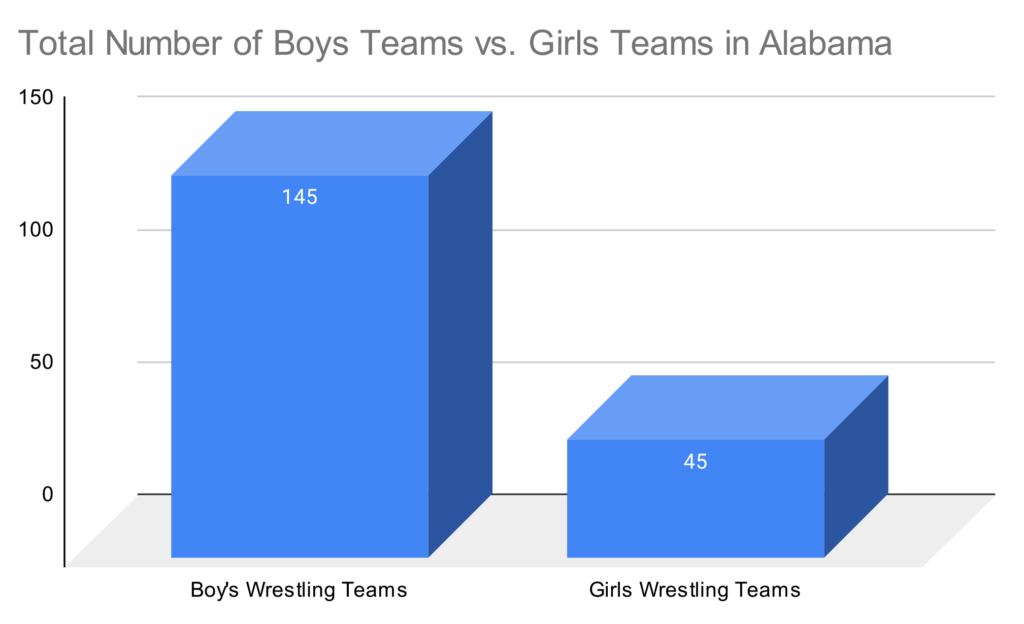
It is necessary to consider numbers and viability through a business lens. The state’s decision not to sanction girls’ wrestling last year makes financial sense. These numbers show a need for growth in girls’ wrestling.
Girls’ Wrestling last year did not grow to achieve sustainable numbers to stand on its own.
Per the AHSAA published numbers and competition results on Track Wrestling,145 boys’ wrestling teams competed in the AHSAA compared to only 45 girls’ teams. As a state, we lack 100 of our current wrestling programs competing in the girls’ division.
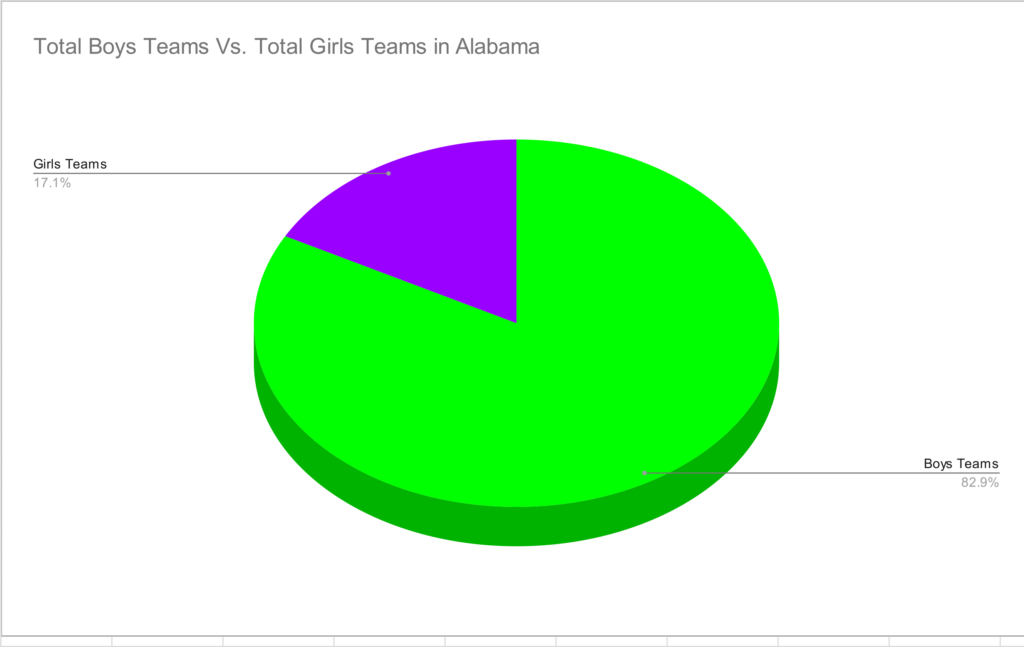
Although 45 teams participating is terrific, there’s a lot of room for growth. Only 31 percent of the AHSAA boys’ wrestling teams have participated in the girls’ division.
Wrestling only has 145 of the 414 AHSAA member schools participating. Only 35 percent of the AHSAA member schools compete in the sport.
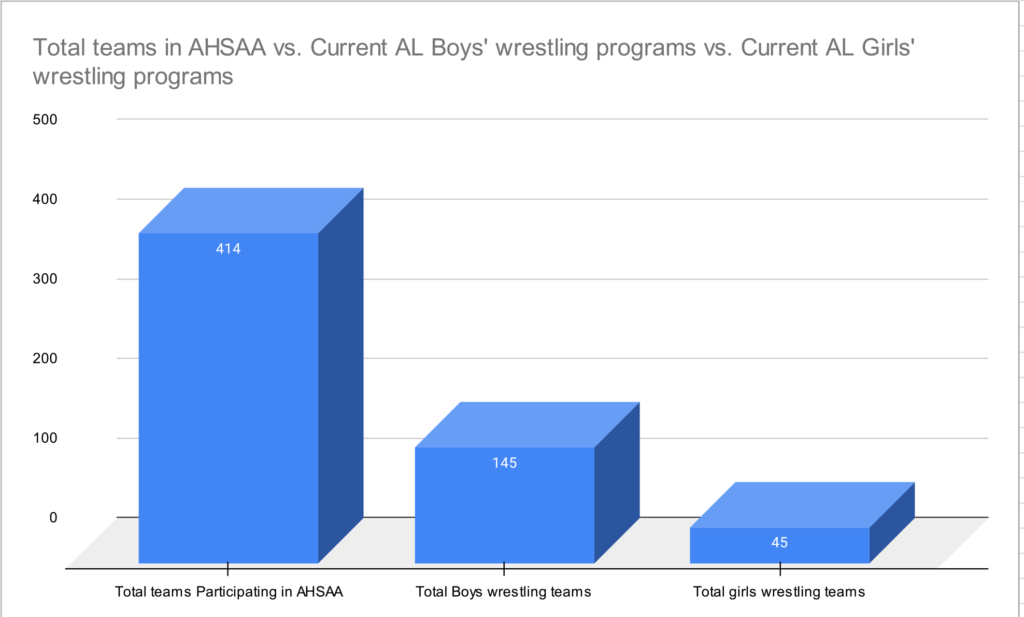
Only 11 percent of the AHSAA’s 414 schools participate in girls’ wrestling.
We must consider that girls’ wrestling as a viable product must stand on its own two feet financially, separate from boys’ wrestling. Girls’ basketball, softball, soccer, etc., stand independently. Sanctioning will mean separating boys’ and girls’ competitions. Girls’ wrestling growth must create the necessary revenue to support teams financially and not subtract substantial revenue from the schools’ budgets.
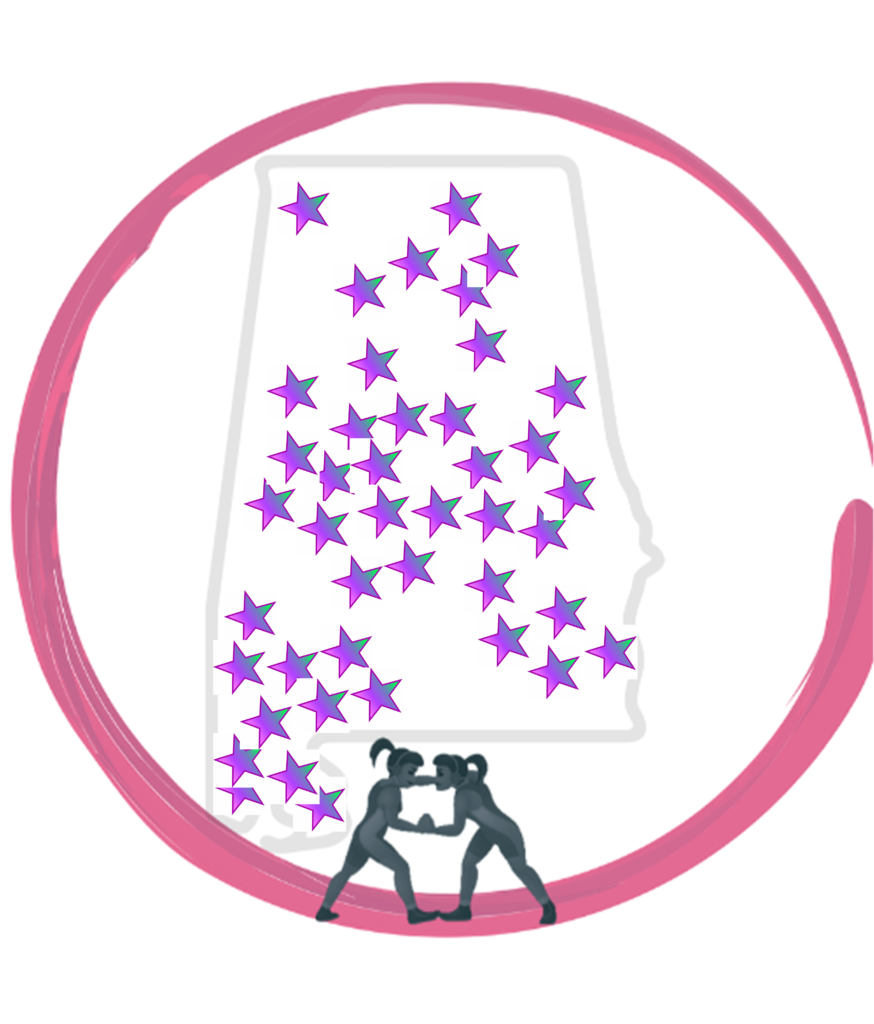
Girls’ wrestling must be able to hold duals, tri’s, quads, and tournaments with various teams fielding full rosters. Holding these events produces income with ticket sales/concessions, pays referees, and creates revenue for the AHSAA. Growth in programs will mean growth in events held and an increase in overall revenue for programs, schools, and the state.
The numbers shown from participation in Girls’ State 2022 do not support the idea that enough teams have full rosters for girls’ only duals with the twelve NFHS weight classes.
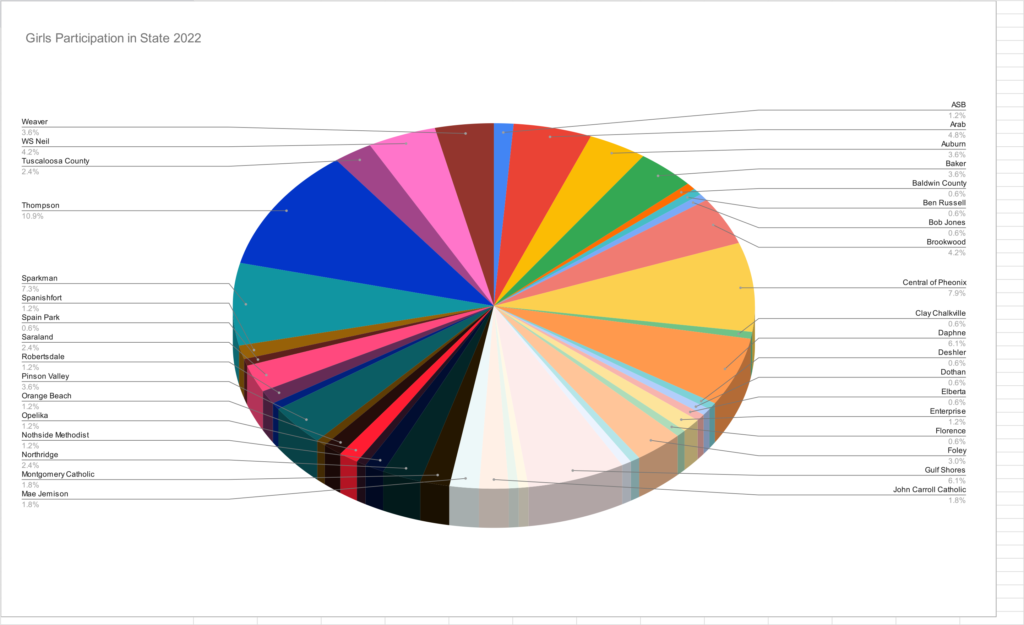
The Girls’ State 2022 numbers also included three girls above 235 lbs in a 285lb division, which is not supported in the NFHS’s 2023 twelve weight classes. NFHS weight classes 100, 107, 114, 120, 126, 132, 138, 145, 152, 165, 185, 235.
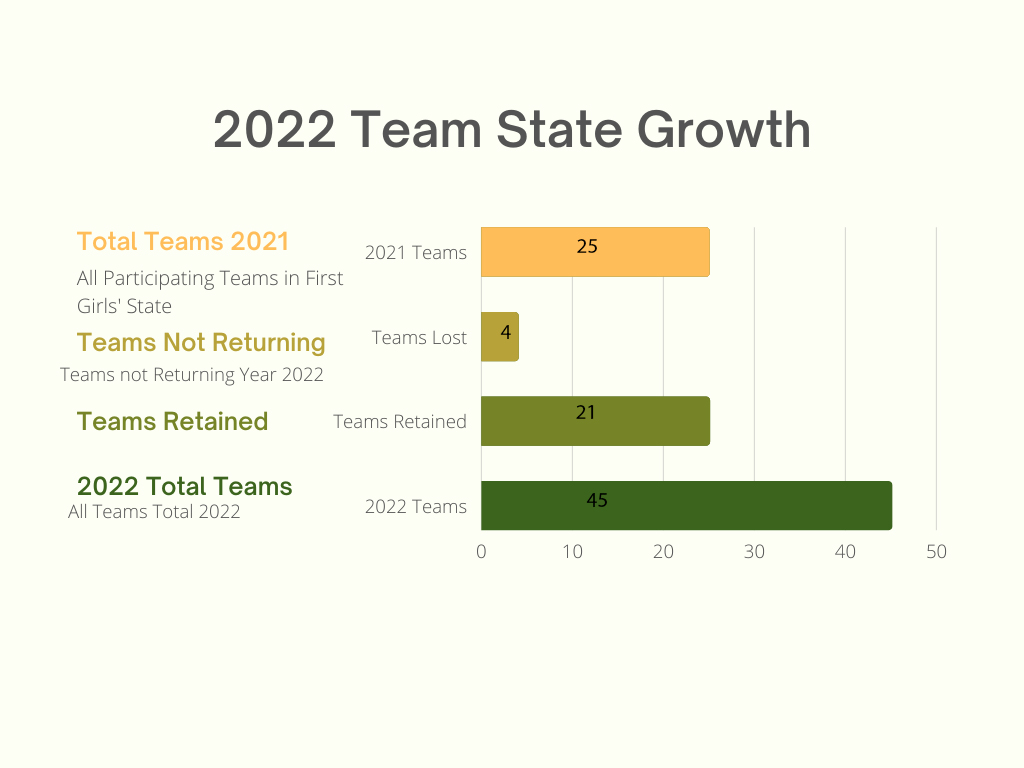
Although there were 45 teams in the 2022 girls’ state, there were very few teams with more than seven wrestlers. The figure does not include that many of these teams had multiple girls in each weight class, showing a team total of seven but only filling four or five weight classes. The data stated:
-17 teams had only 1 girl
– 10 teams had 2 to 3 girls
-5 teams had 4 to 5 girls,
-7 teams had 6 to 7 girls
-1 team had 8 to 9 girls
– 2 teams had 10 girls
-3 teams had 10 plus girls

The number of teams participating in the 2022 Girls’ State tournament increased compared to the 2021 Girls’ State. The first Girls’ State in 2021 had 25 teams competing. Four of those 25 did not return for the second year, and 21 were retained. In 2022, 25 new teams joined Girls’ State, providing the event with 45 total teams.
Examining the numbers from the first year does show growth in total schools participating and also the total number of competitors.

An issue is identified: years one and two show school participation, but insufficient wrestlers qualify for 7 of the 12 NFHS weight classes. Schools need to grow their involvement to be considered teams. With the language, it is incorrect to say that 25 teams were present at the state in year one and that 45 teams were present in year two. Language clarity would state that 25 schools participated in girls’ state for the first year, and 45 schools participated in year 2. Teams would identify that these schools had over 7 of the 12 NFHS weight classes filled. The inconsistency in language presents a false image that Girls’ State has more competitors and entire teams than truthfully competed. The difficulty caused by this language discrepancy created confusion about how many girls were wrestling in Alabama.

After completing this article, please read Match Count- The Complete Benchmark Blog for further details. The Benchmark Blog noted that girls’ state could no longer be the measurement for girls’ wrestling success. The Benchmark blog identified that girls did not compete consistently throughout the season, and there needs to be more girls’ duals, tri’s, and quads to increase the total match count for girls.

Many girls are wrestling less than eight matches yearly, including girls’ state. using Girls’ State as the benchmark for the status of girls’ wrestling shows the attendance for one event and does not disclose the activity during the entire season. For sanctioning to happen, girls must wrestle more matches during the season. The total match count per girl will be weighted in the decision, as well as the number of girls per team, schools represented in the season, and total match activity. Girls’ state attendance and activity will not affect the AHSAA’s decision regarding girls’ sanctioning.
State Comparisons to TN and GA
The numbers comparing Alabama to Georgia and Tennessee show that the other states have considerably higher participation rates for girls. Tennessee has over double the number of teams, with Alabama showing 45 and Tennessee with 93. Georgia has nearly six times as many teams as Alabama.
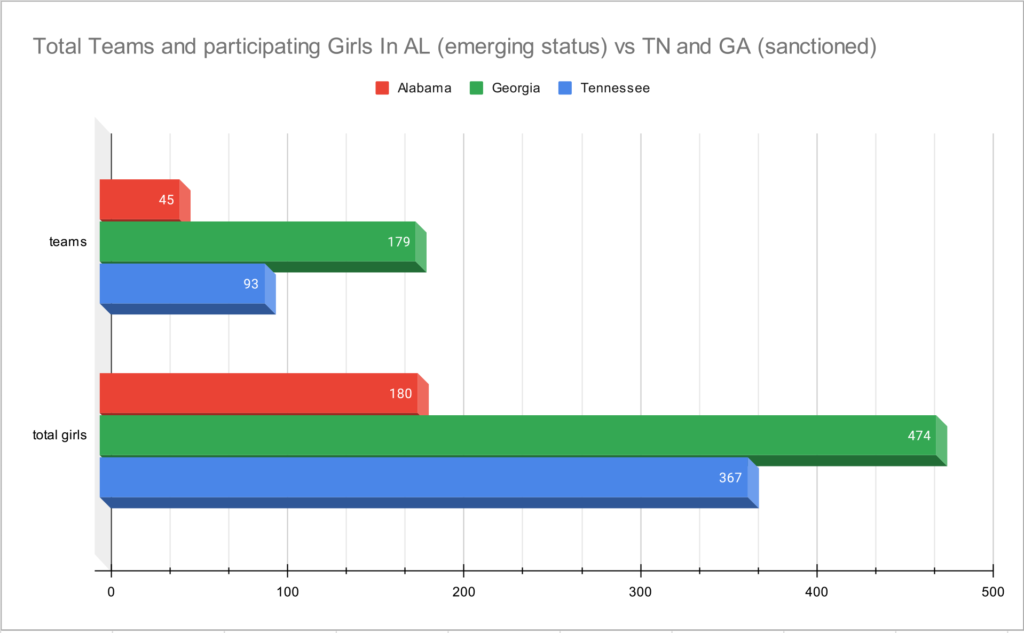
Tennessee has more than double the number of girls participating, with 367 compared to Alabama’s 180. Georgia has 2.6 times as many girls as Alabama, with 474 competing compared to Alabama’s 180.
Comparing the other states, like a home appraisal, allows the numbers to show how much growth is needed when looking at states in the same geographic region. When finding out how much a home is worth, memories and personal feelings are not counted. Appraisers look at the property, home condition, the roof, etc.

Running the numbers on viability for girls’ wrestling is a similar process. We are excited about girls with All-American statuses, incredible energy at the state tournament, and considerable growth in the past few years.
Examining why girls’ wrestling is not sanctioned, we must remove the emotion, separate our feelings about the girls, and examine why the state issued an “Emerging Status” with a two-year growth opportunity. The numbers show that total teams and participation are not ready for sanctioning. The state allows girls’ wrestling to increase total involvement for two years before sanctioning is brought up again. Everything in the state runs in two-year cycles. “Emerging Status” is a step forward and gives programs two years to work towards changes and the growth necessary to achieve sanctioning.
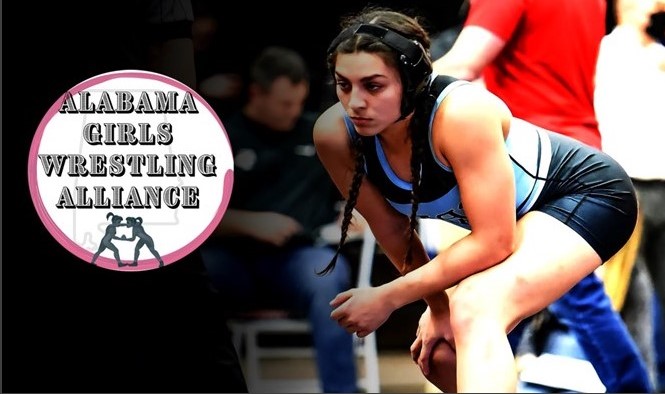
Decision Process
The coaches’ regional committee consists of district AHSAA coaches who meet and vote on recommendations to the state. AHSAA coaches bring issues to their regional representatives, who then present them to the committee. The committee then votes and makes recommendations to the state. The state can accept, reject, or modify the committee’s recommendation and create a two-year policy. For example, in area districting for the Northern and Southern Super-Sectional, decisions are made in a two-year cycle. Changes will not be made for two years once the state passes a resolution.
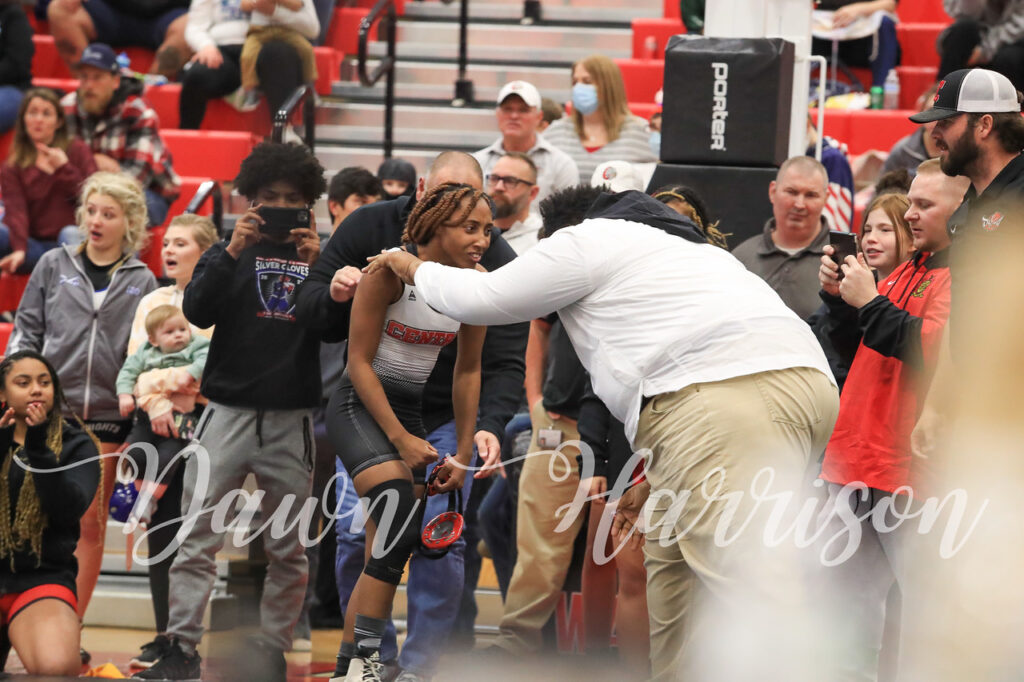
We need girls’ wrestling to grow. During these next two years, demanding sanctioning will not move girls’ wrestling forward. The message and actions must be for growth. We need our existing teams to recruit and work towards filling their rosters. Girls’ teams must hold their duals, tri’s, quads, and tournaments. These can be held the same night as boys’ events to piggyback on already scheduled mats and referee’s expenses.
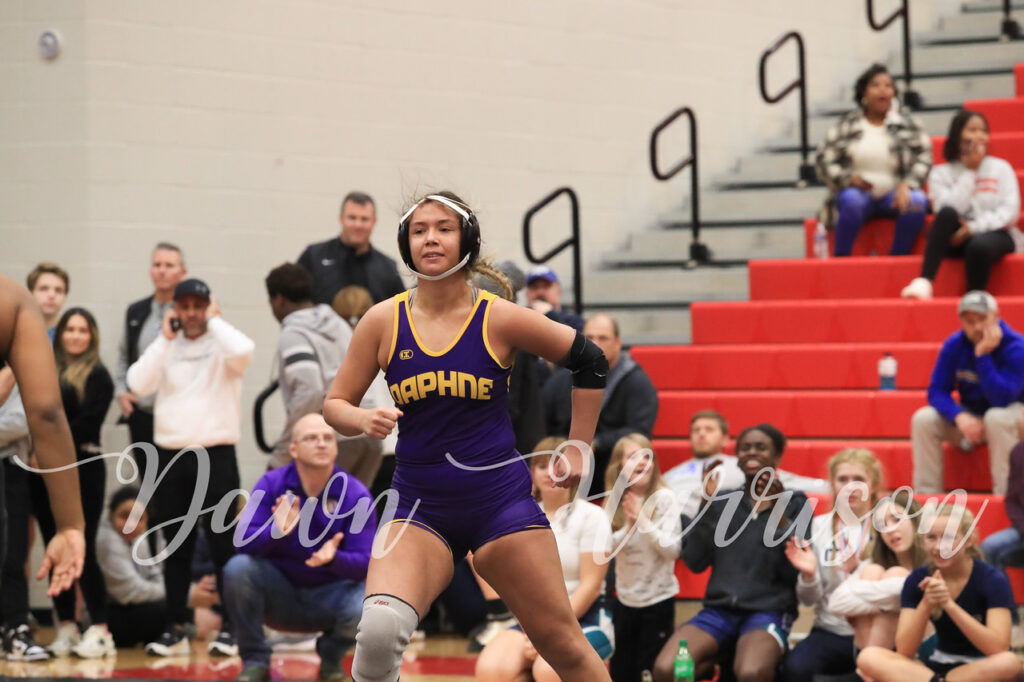
The positive is that adding girls to an existing event can increase ticket sales, concessions, and total revenue for the programs, schools, and the state. Girls’ participation throughout the season regarding match count per girl, schools represented, and the number of the schools’ rosters with consistent matches will all be heavily weighted in the decision. As said earlier, girls’ state is not the benchmark for sanctioning. One event does not represent the season or the status of girls’ wrestling.
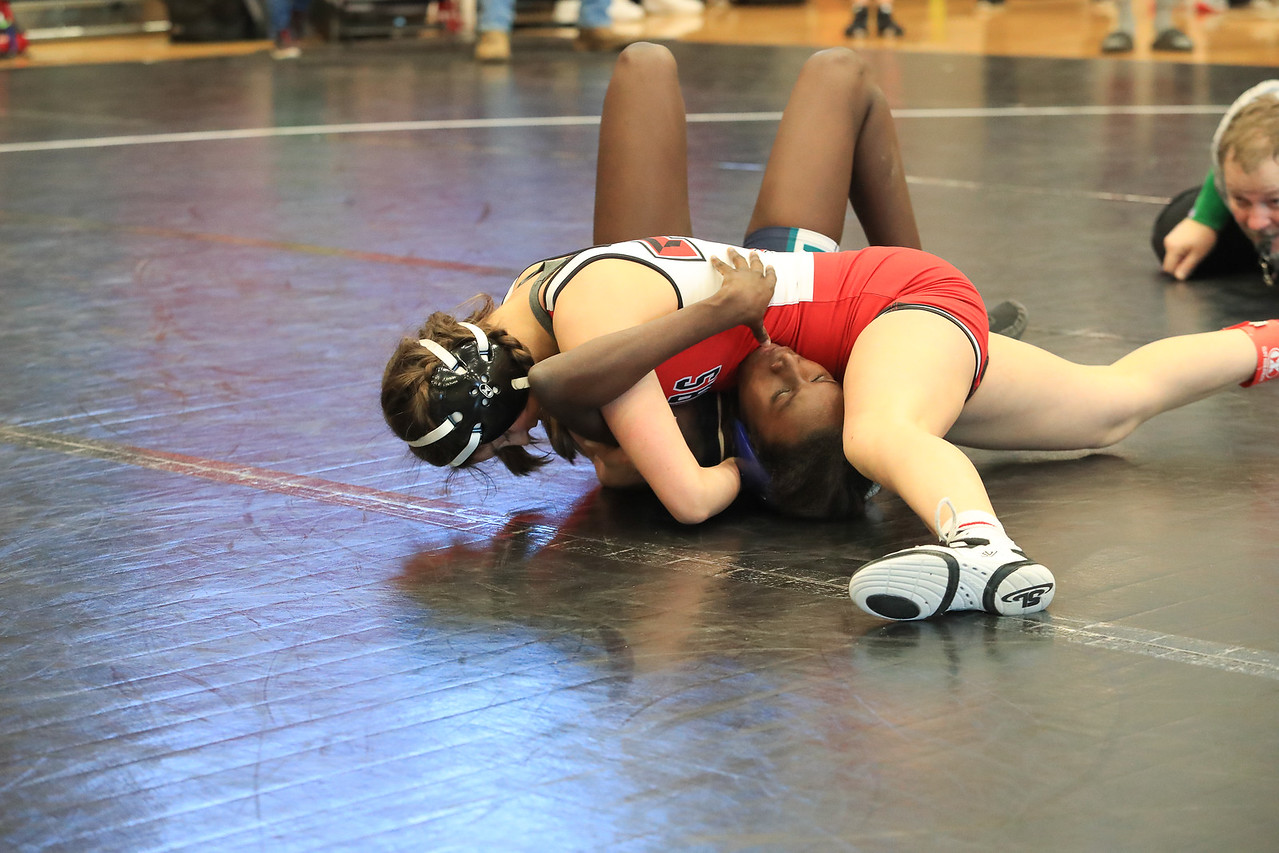
Let’s redirect our energy from anger, discussing politics, and hurt feelings. It is time to direct that energy to grow each of our teams, create new matches, and grow the Girls’ state tournament. This article aimed to show the status of girls’ wrestling this season by the numbers.
Let’s compare these numbers after this year’s state tournament and revisit this article. Based on the numbers and positive activities, including stories, media coverage, and publicity from the season, we will discuss growth and next year’s plans.
#BamaGirlsWrestle






